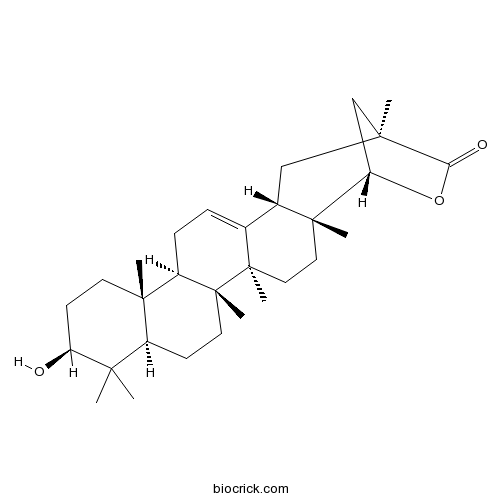Euonymus bungeanus
Euonymus bungeanus
1. The products in our compound library are selected from thousands of unique natural products; 2. It has the characteristics of diverse structure, diverse sources and wide coverage of activities; 3. Provide information on the activity of products from major journals, patents and research reports around the world, providing theoretical direction and research basis for further research and screening; 4. Free combination according to the type, source, target and disease of natural product; 5. The compound powder is placed in a covered tube and then discharged into a 10 x 10 cryostat; 6. Transport in ice pack or dry ice pack. Please store it at -20 °C as soon as possible after receiving the product, and use it as soon as possible after opening.
Natural products/compounds from Euonymus bungeanus
- Cat.No. Product Name CAS Number COA
-
BCN4383
Wilforlide A84104-71-2
Instructions

Characterization of the complete genome of euonymus yellow vein associated virus, a distinct member of the genus Potexvirus, family Alphaflexiviridae, isolated from Euonymus bungeanus Maxim in Liaoning, Northern China.[Pubmed: 29079952]
In August 2016, a yellow vein disease was observed on leaves of Euonymus bungeanus Maxim (Euonymus, Celastraceae) in Liaoning, China. Virions measuring 750 × 13 nm were observed in a sample from the diseased plant. A potexvirus was detected in the sample by small-RNA deep sequencing analysis and recovered by traditional cloning. The genome of this potexvirus consists of 7,279 nucleotides, excluding the poly(A) tail at the 3' end, and contains five open reading frames (ORFs). Based on the nucleotide and amino acid sequences of the coat protein gene, the virus shared the highest sequence similarity with white clover mosaic virus (WCMV, X16636) (40.1%) and clover yellow mosaic virus (ClYMV, D00485) (37.1%). Phylogenetic analysis showed that the virus clustered with potexviruses and is most closely related to strawberry mild yellow edge virus. These results indicate that this virus is a distinct member of the genus Potexvirus, for which the name euonymus yellow vein associated virus (EuYVAV) is proposed. To our knowledge, this is the first report of a potexvirus on E. bungeanus.
[Environmental responses of four urban tree species transpiration in northern China].[Pubmed: 20353049]
By using thermal dissipation probes (TDP), this paper monitored the sap flow of four tree species (Cedrus deodara, Zelkova schneideriana, Euonymus bungeanus, and Metasequoia glyptostroboides) at the Laodong Park in Dalian City from June to August 2008, and the soil moisture content and micrometeorological variables were mehsured simultaneously. Due to the absence of water-stress in the habitat, the sap flow of all sampled trees had no significant correlation with soil moisture content (R2 < 0.050, P > 0.211, n=1296). The correlation coefficient between solar radiation and sap flow reached 0.624-0.773 (P = 0.00, n=1296) despite the existing hysteresis. Solar radiation had major effect (R2 > 0.700, P < 0.05) during early morning (5:00-8:00) and late afternoon (18:00-20:00) when undergoing dramatic changes. As the main factor determining nighttime sap flow (R2 > 0.660, P < 0.05, n=1872), vapor pressure deficit (VPD) had a correlation coefficient as high as 0.650-0.823 (P = 0.00, n=1296) with the sap flow in whole-day scale. Meanwhile, the models constructed on the basis of VPD were able to explain 90% of daily sap flow change (P = 0.00). The correlation coefficient between sap flow and wind speed was relatively smaller than the previous two (R2 < 0.380, P = 0.00, n=1296), though showing significant correlation in affecting sap flow. Observations also detected the saturation phenomenon of sap flow to the environmental demands.


